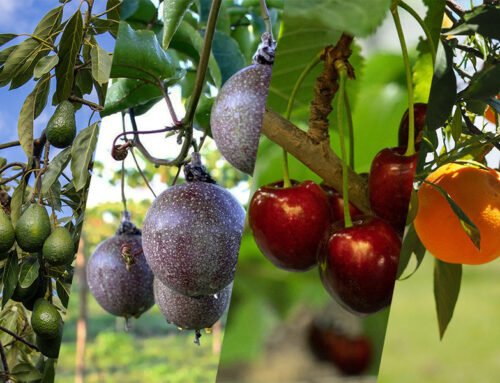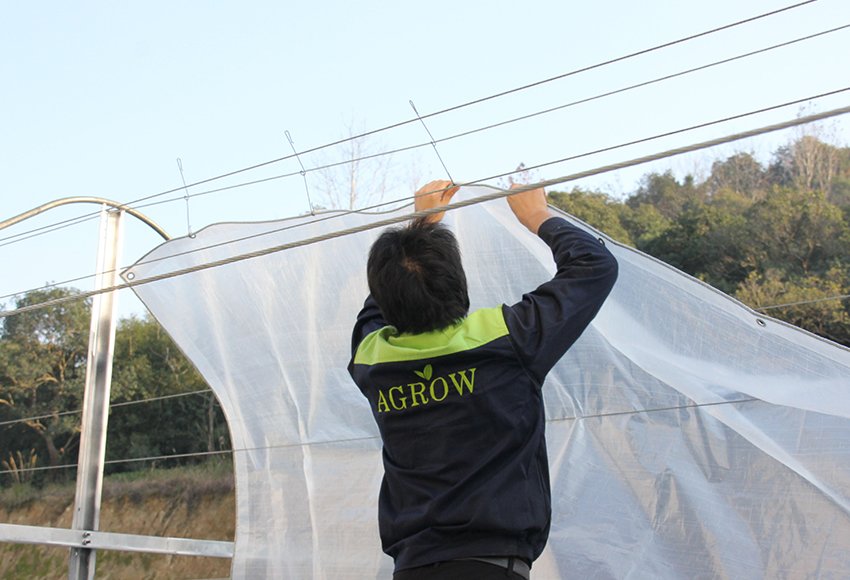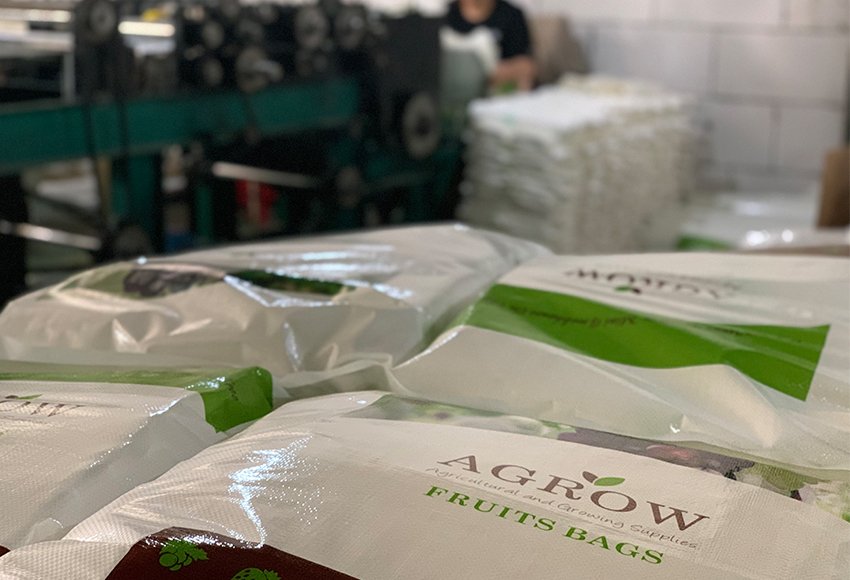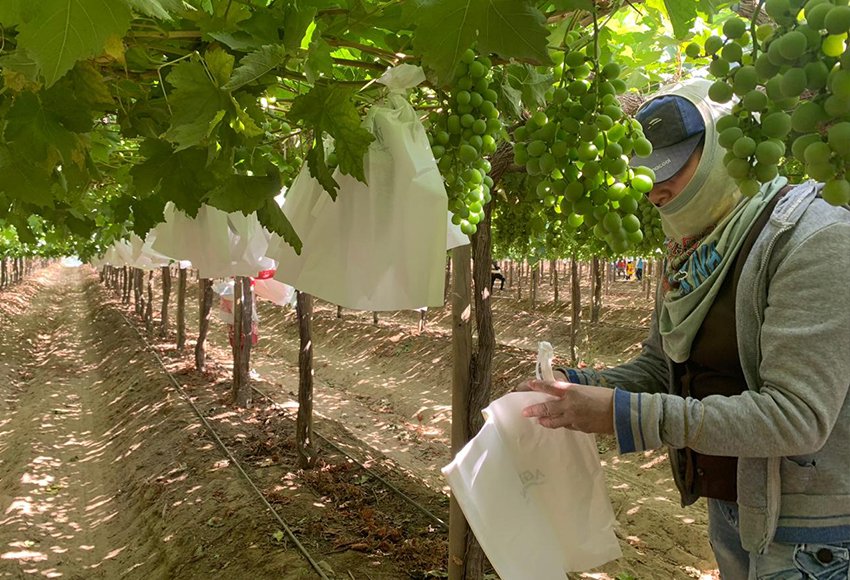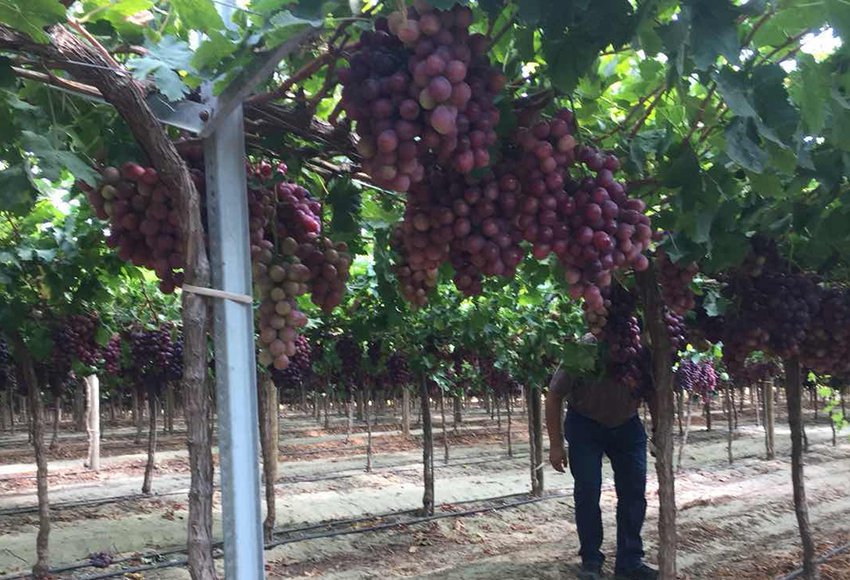‘Containergeddon’ at the port caused huge losses for California farmers as much as US$2.1 billion
In the past few years, wildfires, droughts, trade wars, and COVID-19 have all been very serious problems for California farmers. In addition, recent studies by agricultural economists at the University of California, Davis, and the University of Connecticut have shown that the interruption of the supply chain may have a greater negative economic impact on the economic losses caused by California’s agriculture.
According to an article on “‘Containergeddon’ and California Agriculture”, researchers estimate that recent port congestion caused a 17% decline in the value of agricultural-related container exports from May to September 2021. This is equivalent to a loss of about US$2.1 billion in overseas sales, even more than the loss caused by the Sino-US trade war in 2018.
By the peak of the supply chain disruption in September 2021, 80% of the containers leaving California ports were empty, and the number of loaded containers was about 43% less than before the pandemic. 40% of the containers leaving California ports are filled with American agricultural products, and about one-third of them are from California. Therefore, farmers in this state have lost a lot of export opportunities and suffered a very heavy loss.
As of September 2021, the number of agricultural products containers leaving California ports has decreased by approximately 25,000 compared to May 2021. The average trade volume of tomatoes, rice, wine, and seen has dropped drastically.
“We calculated California tree nut producers lost about $520 million,” said Colin Carter, UC Davis Distinguished Professor of agricultural and resource economics. “This was followed by wine with a loss of more than $250 million and rice with about $120 million lost.”
During the pandemic, an increase in household savings led to increases in consumer spending, with many of these additional goods being imported from Asia. California ports were overwhelmed by the added shipping containers coming in from Asia. At times, bottlenecks at Southern California ports left more than 80 vessels waiting off the coast to unload. Docks and warehouses ran out of space and the turnaround time for shipping containers nearly doubled.
Increased U.S. demand for imported goods from Asia also led to increased demand for empty shipping containers in Asia. Prior to the pandemic, freight rates for shipping containers from Shanghai to Los Angeles were already higher than the return trip from Los Angeles, but this gap widened significantly after COVID-19. By September 2021, the fee to ship a 40-foot container from Shanghai to Los Angeles had increased sixfold to $12,000 – while the return trip from Los Angeles was only $1,400.
Asian containers are expensive, and a large number of imported goods enter California ports, causing delays in transportation. This makes the consignment of containers valid for only half of the journey. The resources for the return journey are completely wasted, and the shipper’s profits in shipping containers back to Asia have also become higher. Instead of waiting at the port for American cargo to be loaded and shipped back.
“If port inefficiencies persist, the ramifications for California agriculture will extend beyond the immediate loss of foreign sales, as importers begin to view California as an unreliable supplier of agricultural products,” Carter said.
To learn more about the supply chain disruptions at California ports, and their effect on California agriculture, read the full article by Colin Carter (Distinguished Professor in the Department of Agricultural and Resource Economics at UC Davis), Sandro Steinbach, and Xiting Zhuang (assistant professor and Ph.D. student, respectively, both in the Department of Agricultural and Resource Economics at the University of Connecticut): “‘Containergeddon’ and California Agriculture,” ARE Update 25(2): 1–4. UC Giannini Foundation of Agricultural Economics, online at https://giannini.ucop.edu/filer/file/1640021835/20297/.
– Pam Kan-Rice, University of California











